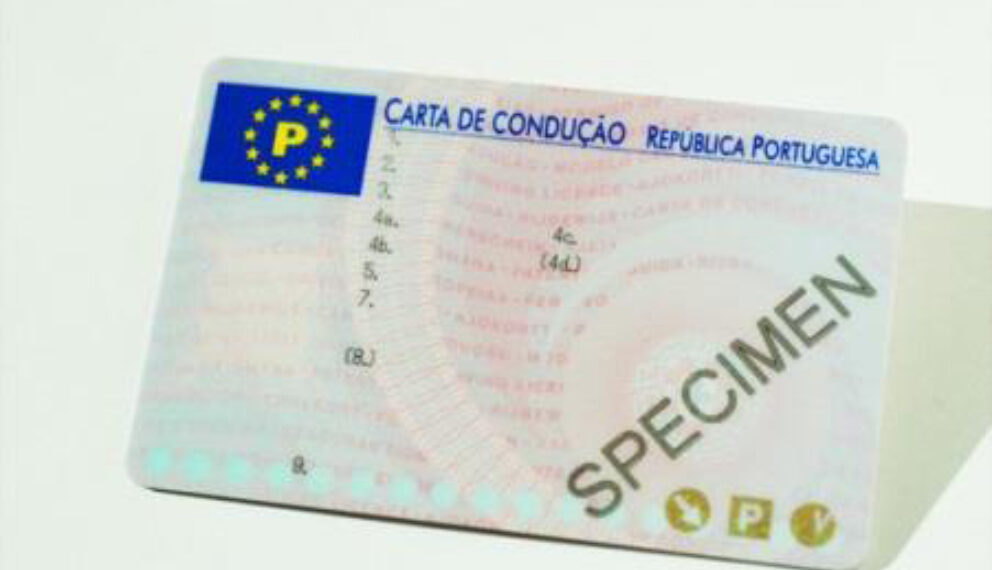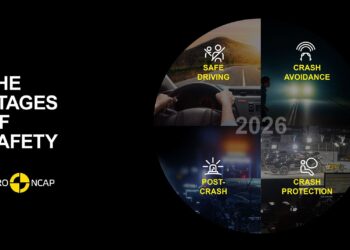Following a proposal initially presented by the European Commission in March 2023, the European Parliament has just approved a set of new rules regarding driving in the community space, which will come into effect on the 20th day after the date of their publication in the Official Journal of the European Union (EU), with countries having three years to transpose the directive into national law, and an additional year to prepare for its implementation. There are new developments to be aware of in almost every area: from newly licensed drivers to professional drivers, including the digital driving license, training, and sanctions to be applied to offenders – all with the stated aim of reducing road traffic fatalities in the EU by about 50%, specifically the 20,000 lives lost annually on the roads.
Starting with the younger individuals or those who have been driving for less time, it is important to know that the driving test will now include knowledge about blind spot risks, driver assistance systems, safe door opening, and the risks of distraction from using a phone – with the new training and examination requirements placing greater emphasis on awareness of the risks to pedestrians, children, cyclists, and other vulnerable road users. For the first time, EU rules define a minimum probationary period of two years for newly licensed drivers, who will be subject to stricter rules and sanctions regarding driving under the influence of alcohol, and the failure to use seat belts or child restraint systems.
Good news for aspiring drivers who have not yet reached adulthood, 17-year-olds will be able to obtain a driver’s license for light vehicles (category B), but until they turn 18, they will only be allowed to drive on public roads when accompanied by an experienced driver. On the other hand, in order to alleviate the shortage of professional drivers, the new rules will allow people aged 18 to obtain a truck driver’s license (category C), and at 21, a bus driver’s license (category D), provided they hold a professional qualification certificate – otherwise, it will be necessary to be 21 and 24 years old, respectively, to legally drive those vehicles.
Technological progress is also at the forefront of this matter, and under the new rules, the digital driving license, accessible on a mobile phone, is expected to gradually become the main format of the driving license in the EU (although the MEPs have assured drivers who wish it the right to request a physical driving license, which must be issued without unjustified delay, and, in general, within three weeks). But there is more: driving licenses will have a validity of 15 years for motorcycles and cars (with the possibility for Member States to reduce this period to 10 years if the driving license is used as a national identification document) and 5 years for trucks and buses – with EU countries able to shorten the validity period for drivers aged 65 or older, in order to subject them to more frequent medical examinations or refresher courses. In this regard, it is important to emphasize that, to obtain the first driving license, or when applying for renewal, the driver must pass a medical examination, which includes vision tests and cardiovascular health assessments – and EU countries may choose to replace the medical examination for car or motorcycle drivers with self-assessment forms, or other evaluation systems, designed at the national level.
In order to reduce reckless driving when abroad, the seizure, suspension, or restriction of a driving license when outside one’s home country will be communicated to the competent authorities of the EU country that issued it, in order to ensure the cross-border enforcement of sanctions (i.e., in the country of origin). National authorities will have to inform each other without unjustified delay about driving disqualifications related to the most serious traffic rule violations (for example: driving under the influence of alcohol or psychotropic substances, involvement in a fatal road accident, or speeding (for example, exceeding the speed limit by 50 km/h or more).










